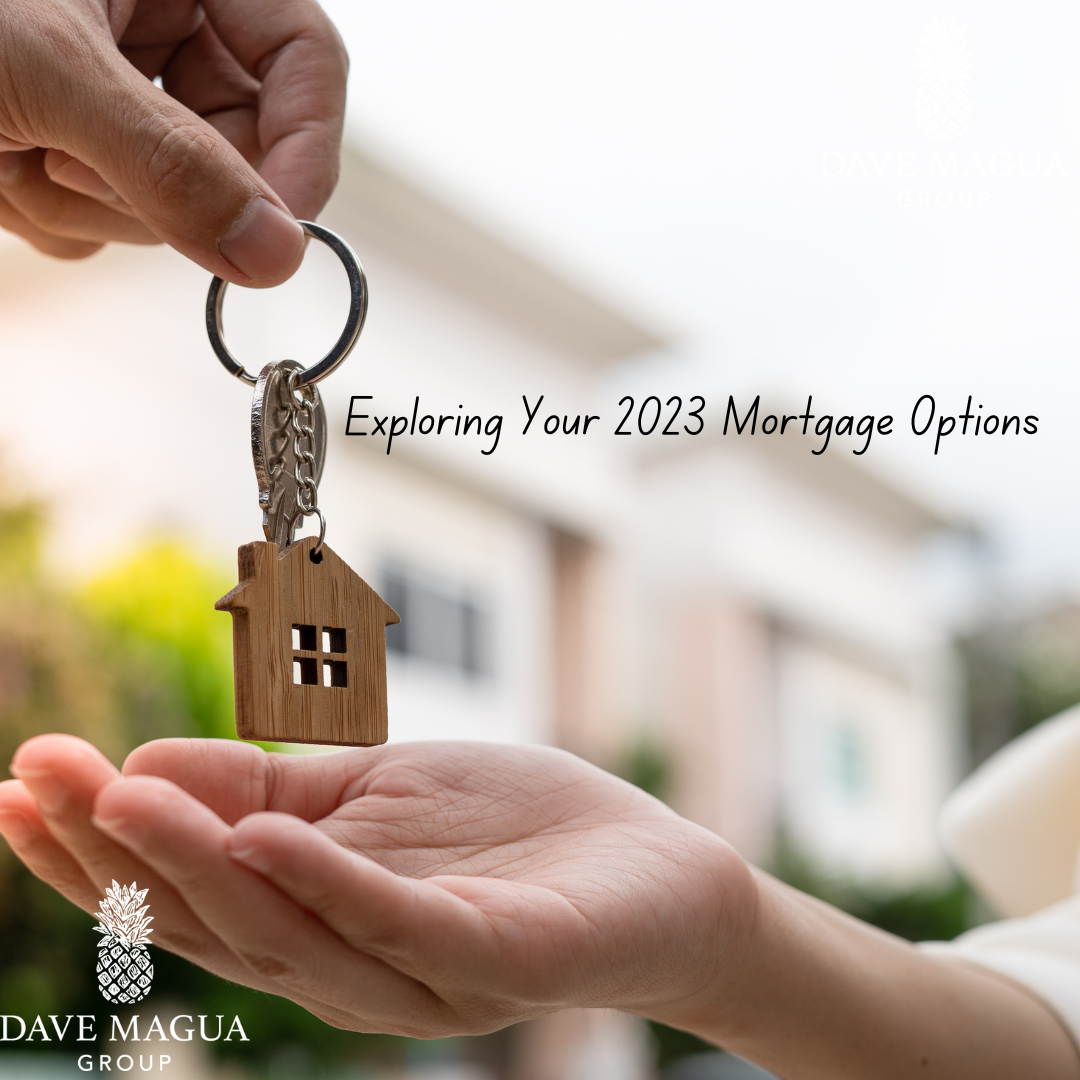
What Mortgage Works Best for You – Mortgage 2023
As the real estate market gains momentum, homebuyers find themselves navigating a world of mortgage options beyond the conventional 30-year fixed-rate term. While this term is the go-to choice for up to 90% of homebuyers, fluctuating interest rates and evolving financial goals have led many to explore other mortgage alternatives. To help you make the right choice for your homebuying journey, we’ve outlined four mortgage options you might want to consider.
1. Adjustable-Rate Mortgage (ARM)
An Adjustable-Rate Mortgage, or ARM, begins with a fixed interest rate that remains unchanged for a specific period, usually around three to seven years. During this initial phase, the interest rate is typically lower than the current 30-year fixed-rate. However, after this fixed period ends, the rate becomes adjustable and can either rise or fall. ARMs are an excellent choice for those who know they won’t be in their home for an extended period and plan to move within a few years.
2. Interest-Only Mortgage
An Interest-Only Mortgage allows homeowners to make interest-only payments for a set number of years, after which they start paying both principal and interest. This option is attractive for those who are cash-strapped after purchasing a home and anticipate making better returns on alternative investments rather than paying down the principal immediately.
3. Jumbo Mortgage
Jumbo Mortgages are designed for homebuyers who need to borrow more than the conforming loan limits set by the Federal Housing Finance Agency (FHFA). As of 2023, the limit is set at $726,000. To qualify for a jumbo mortgage, you’ll typically need a credit score of 700 or higher, which is significantly higher than the requirements for a conventional loan.
4. 15-Year Fixed-Rate Mortgage
For those seeking a faster path to building equity in their home, the 15-year fixed-rate mortgage is an appealing option. Unlike the 30-year fixed-rate, this mortgage allows you to begin accumulating home equity right away. While the monthly payments are higher, they are still manageable for financially stable buyers. Over time, a 15-year mortgage can save you a substantial amount of money and is paid off in half the time compared to a 30-year mortgage.
It’s essential to remember that while the 30-year fixed mortgage is the most common choice, it’s not the only one. Fixed-rate mortgages come in various terms, including 10, 15, 20, 25, or even 40 years. Additionally, adjustable-rate mortgages offer flexibility, but it’s crucial to weigh your needs and financial situation before committing. When shopping for a mortgage, finding the best rates is key, as rates can vary significantly between lenders. The rates depend on factors such as your credit profile and down payment amount, and securing a competitive rate can save you tens of thousands of dollars over the life of your loan.
Advantages and Disadvantages of an Adjustable-Rate Mortgage (ARM)
An Adjustable-Rate Mortgage (ARM) is a home loan with a fixed-interest “teaser” rate for a specified period, followed by periodic rate adjustments. Unlike fixed-rate mortgages, which maintain the same interest rate for the loan’s duration, ARMs have their unique advantages and disadvantages.
Advantages of ARMs:
- Low Payments During the Fixed-Rate Phase: The initial low rate might allow you to qualify for a larger mortgage than you could with a fixed-rate loan.
- Flexibility: ARMs are ideal if you expect your circumstances to change in the next few years, such as moving or selling your home.
- Lower Initial Interest Rates: ARMs generally start with lower initial interest rates than fixed-rate mortgages.
- Possibility of Lower Adjusted Interest Rates: After the initial fixed period, the interest rate adjusts periodically, which could work in your favor if rates decrease.
Disadvantages of ARMs:
- Potential Monthly Payment Increases: ARMs carry the risk of monthly payment increases as interest rates adjust.
- Difficulty Refinancing: If you initially relied on the lenient terms and lower payments of an ARM to qualify, you may find it challenging to refinance to a fixed-rate loan.
- Uncertainty: Your rate depends on market conditions, making future rates unpredictable.
- Overextending: The lower initial payments might make it easier to qualify for a more expensive home. However, when the rate-lock period ends, you could struggle to afford the property.
In conclusion, ARMs can be a good choice if you plan to move within a few years or believe you can achieve higher returns on other investments rather than immediately paying down your mortgage. However, it’s crucial to carefully consider your financial situation and future plans, weighing the pros and cons before committing to an ARM.
Factors to Consider Between a Fixed-Rate Mortgage and an Adjustable Mortgage
Choosing between a fixed-rate mortgage and an adjustable-rate mortgage (ARM) is a significant decision. Here are some factors to consider.
Fixed-Rate Mortgage:
- Interest Rate Stability: Payments remain constant for the loan’s entire term.
- Predictable Budgeting: Your repayment obligations are clear.
- Flexible Terms: You can choose various terms, such as 15, 20, or 30 years.
- Interest Rate Risk: If interest rates drop, refinancing is an option, but it’s not necessary to play the rate-guessing game.
- Qualification Requirements: Higher payments may make it more challenging to qualify for a fixed-rate mortgage when interest rates are high.
Adjustable-Rate Mortgage (ARM):
- Lower Initial Rate: The initial interest rate is usually lower, potentially saving you money.
- Flexibility: ARMs are suitable for those expecting life changes in the near future, like moving.
- Interest Rate Risk: The monthly payment could increase as the interest rate adjusts.
- Refinancing Challenges: Refinancing to a fixed-rate loan can be challenging if you initially relied on an ARM’s lenient terms.
- Uncertainty: Your rate depends on market conditions, making future rates unpredictable.
When deciding between an ARM and a fixed-rate mortgage, consider your financial situation, future plans, and risk tolerance. If you plan to stay in your home long-term and seek a predictable payment, a fixed-rate mortgage may be the best choice. On the other hand, if you anticipate moving or want to benefit from a lower initial rate, an ARM may be more suitable. Weigh the pros and cons of each option to determine which aligns best with your needs.
Understanding the Difference in Interest Rates
Interest rates for adjustable-rate mortgages (ARMs) and fixed-rate mortgages differ. Fixed-rate mortgages maintain the same interest rate for the loan’s duration, providing stability in monthly principal and interest payments. Fixed-rate mortgages come in various terms, with the most common being 30 years and 15 years. However, there are flexible term options ranging from 8 to 29 years. Typically, fixed-rate mortgages have higher interest rates compared to ARMs.
ARMs, on the other hand, begin with a lower fixed interest rate during an introductory period, which is usually three, five, seven, or ten years. After this initial phase, the interest rate adjusts at predetermined intervals, often every six months or annually. The adjusted rate is determined by prevailing market rates, in addition to a margin set by your lender. The initial interest rate on an ARM is usually lower than that of a comparable fixed-rate loan. The interest rate on ARMs is variable and can either increase or decrease, depending on broader interest rate trends.
As of [current year], the national average 5/1 ARM refinance interest rate is [current rate], an increase from [last week’s rate] of [last week’s rate]. The average rate for a 5/1 ARM decreased to [current 5/1 ARM rate] from [previous 5/1 ARM rate]. Earlier in [current year], ARM rates were approximately 50 to 60 basis points lower than average 30-year fixed mortgage rates, depending on the type of ARM. This means that an average borrower with a $250,000 mortgage could potentially save as much as $90 per month by choosing a 5/1 ARM over a 30-year fixed-rate loan.
Comparing 5/1 ARM and 7/1 ARM Mortgages
A 5/1 ARM and a 7/1 ARM are both adjustable-rate mortgages (ARMs), but the primary difference lies in the length of the fixed-rate period before the interest rate adjusts. Here’s a breakdown of the key distinctions.
5/1 ARM:
- The fixed-rate period lasts for five years.
- After the fixed period, the interest rate adjusts annually.
- The initial interest rate is typically lower than that of a comparable fixed-rate loan.
- The interest rate can either increase or decrease, depending on broader interest rate trends.
- The lifetime mortgage interest rate cap is usually 5% or 6% above the initial interest rate.
7/1 ARM:
- The fixed-rate period lasts for seven years.
- After the fixed period, the interest rate adjusts annually.
- The initial interest rate is usually lower than that of a comparable fixed-rate loan.
- The interest rate can either increase or decrease, depending on broader interest rate trends.
- The lifetime mortgage interest rate cap is usually 5% or 6% above the initial interest rate.
In summary, the primary distinction between a 5/1 ARM and a 7/1 ARM is the duration of the fixed-rate period before the interest rate becomes adjustable. Both types of ARMs offer lower initial interest rates compared to fixed-rate mortgages, but the direction of future interest rate adjustments varies based on broader market trends.
Monthly Payments on 5/1 ARM and 7/1 ARM Mortgages
The monthly payments for a 5/1 ARM and a 7/1 ARM differ due to the varying durations of the fixed-rate period. Here are some key factors to consider when comparing the monthly payments of these two ARM options.
5/1 ARM:
- The initial interest rate is usually lower than that of a comparable fixed-rate loan.
- The fixed-rate period lasts for five years.
- After the fixed period, the interest rate adjusts annually.
- The monthly payment could increase as the interest rate adjusts.
- The change could work in your favor if the interest rate decreases.
7/1 ARM:
- The initial interest rate is typically lower than that of a comparable fixed-rate loan.
- The fixed-rate period lasts for seven years.
- After the fixed period, the interest rate adjusts annually.
- The monthly payment could increase as the interest rate adjusts.
- The change could work in your favor if the interest rate decreases.
In general, the monthly payment for a 5/1 ARM will be lower than that of a 7/1 ARM due to the shorter fixed-rate period. However, after the fixed-rate period concludes, the interest rate can increase, leading to higher monthly payments. It’s crucial to consider your financial situation, risk tolerance, and future plans when choosing between these two ARM options.
As you embark on your homebuying journey, these insights into various mortgage options and their associated advantages and disadvantages. This will empower you to make an informed decision that aligns with your financial goals and circumstances. Remember that mortgage choices are not one-size-fits-all. The right option for you depends on your unique situation and future plans. Weigh your options carefully, and you’ll be on your way to securing a mortgage that suits your needs and preferences.







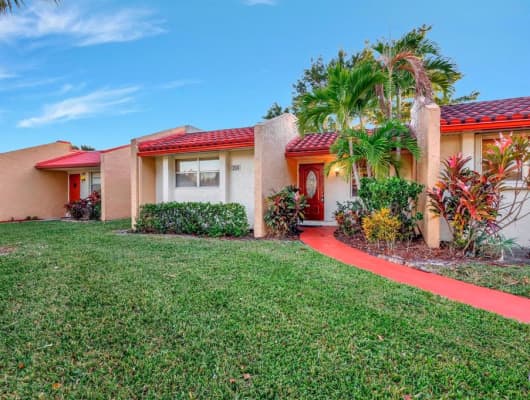


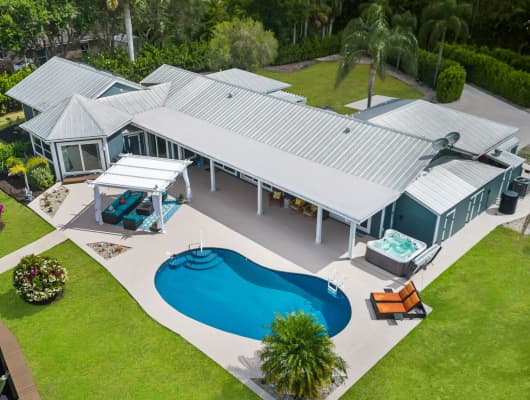
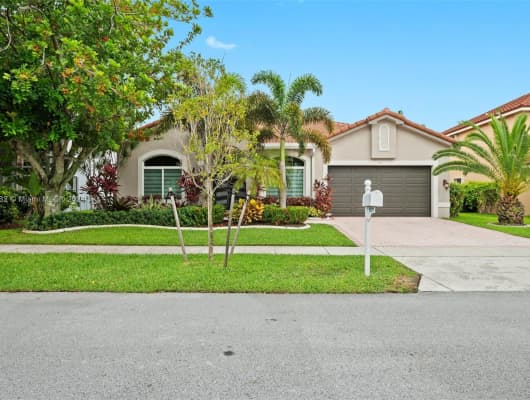

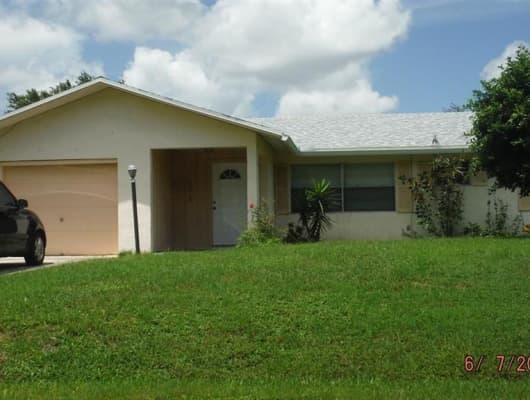
No Comments